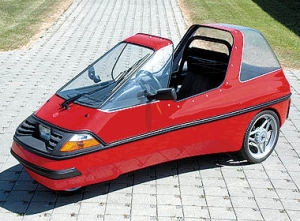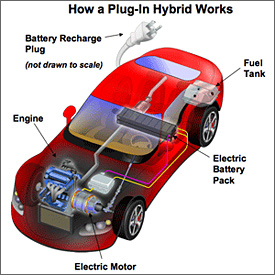
In the 1930s, National City Lines, bought a partnership of General Motors, Firestone, and Standard Oil of California, many electric tram networks across the country to dissolve around them and replace them with GM buses. The partnership was convicted of conspiracy to monopolize the sale of equipment and supplies for their Subsidiaries of the conspiracy, but were acquitted in a conspiracy to monopolize the provision of transportation services. Electric tram line technologies could be used to BEVS and recharge PHEVs on the highway while the user drives and provides virtually unrestricted driving range. The technology is old and established (see: Conduit current collection, nickel-iron battery). The infrastructure was not built.









